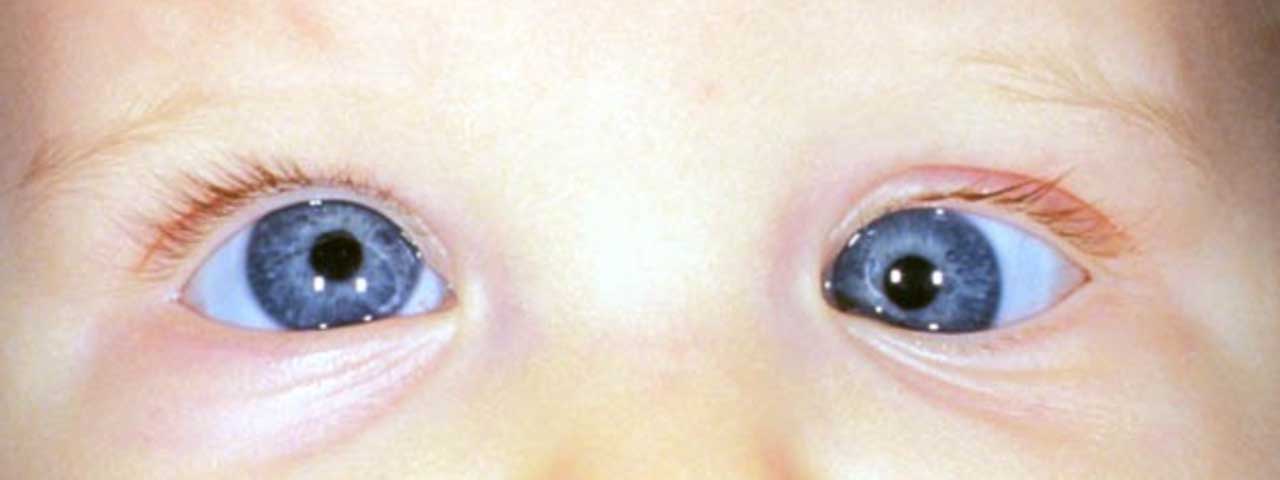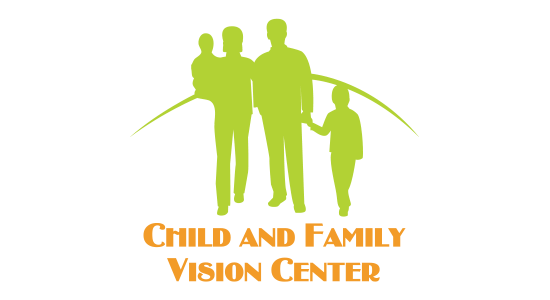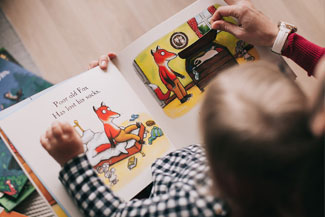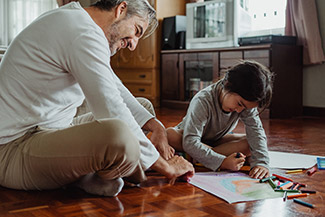
Vision Therapy for Strabismus
Strabismus is a common visual problem among children, affecting up to 3% — that is, 1 out of every 30-40 children.
Strabismus, also known as an “eye turn” or “cross-eye”, is a condition characterized by the improper alignment of the eyes. One of the eyes may look straight ahead, while the other eye turns inward, outward, upward, or downward. The eye turn may be permanent, or may only occur occasionally. At times, the straight and misaligned eye may even alternate positions.
The eye turn is usually noticed in the first few years of the child’s life, but It can also occur later in life, particularly as a result of a traumatic brain injury or a neurological incident.
The misalignment of the eyes in a strabismic patient means that the eyes may be unable to work together to provide the brain with accurate binocular visual information. This can result in blurry vision or double vision, overlapping images and difficulty with depth perception.
A functional eye exam at Child and Family Vision Center will detect whether your child is suffering from strabismus, and if so, Dr. Erik Romsdahl will prescribe the optimal vision therapy treatment to correct it.
Vision Therapy Treatment for Strabismus
 Vision therapy is an advanced and effective treatment regimen for strabismus. The goal of vision therapy is to teach the brain and eyes to work together to correct the eye misalignment and thus achieve clear and comfortable vision. Vision therapy can also strengthen neuro-visual processing to further alleviate challenges caused by the eye turn.
Vision therapy is an advanced and effective treatment regimen for strabismus. The goal of vision therapy is to teach the brain and eyes to work together to correct the eye misalignment and thus achieve clear and comfortable vision. Vision therapy can also strengthen neuro-visual processing to further alleviate challenges caused by the eye turn.
Vision therapy strengthens the child’s visual skills, resulting in improved reading abilities, clearer focus, better balance, improved coordination and more accurate depth perception. The team at Child and Family Vision Center has extensive experience in helping children and adults with strabismus see clearly and comfortably.
What are the Signs of Strabismus?
Parents or teachers often cannot detect an eye turn in the child, as it is rarely perceptible to the naked eye. Children can also struggle to identify the signs of strabismus, particularly if they are young. The best way to diagnose this condition is to undergo a functional vision exam as soon as you suspect a vision problem in your child.
A child with strabismus may show any of the following:
- Eyes that don’t simultaneously look in the same direction
- One or both eyes crossing or turning inward
- One or both eyes turning outward
- Eyes that don’t move in tandem
- Squinting or closing one eye
- Tilting or turning the head to look at an object
- Bumping into objects, difficulty picking up small items, or any other issues with depth perception
- Reversing letters (b, d, p and q and the numbers 2, 5, 6 and 9)
- Headaches
- Nausea and dizziness (vertigo)
Can Adults With Strabismus Be Helped With Vision Therapy?
There are certain advantages and disadvantages to adult strabismus vision therapy. It may require more time to retrain an adult visual system that has been adapting to the eye turn for several years. On the other hand, adults tend to have more discipline and motivation than children, and thus tend to follow the vision therapy program more diligently and fastidiously.
However, during infancy and childhood, the development of the visual systems is highly active, and therefore providing vision therapy during that period increases the chances of permanent vision correction.
 The Vision Therapy Process for Strabismus
The Vision Therapy Process for Strabismus
Prior to starting any type of treatment, the optometrist will provide you or your child with a comprehensive eye exam. This involves an in-depth examination of the vision, visual skills and general eye health.
We will inquire into the family’s medical history, medications, or any other relevant information. These questions are important as they can affect a patient’s visual skills and development.
Following the comprehensive eye exam, the eye doctor will determine the right course of action.
The goal of the vision therapy program is to ensure the eyes learn to work together (binocular vision). Created and supervised by the optometrist, the personalized vision therapy program will include any or all of the following exercises:
- Eye teaming and tracking
- Binocular vision
- Convergence exercises
- Focus shifting
- Eye patching
- Gaze maintenance
How Soon Will I See Results?
The benefits of a vision therapy program may be seen within a few weeks, but it can take up to six months to recognize significant results. Of course, this depends on each patient and their particular therapy regimen. In addition to the exercises, visual aids, or eyeglasses, the vision therapy plan will include monitoring and follow-up appointments throughout the course of the program. The number of visits required to ensure the best results will be determined by Dr. Erik Romsdahl.
The optometrist will provide you with detailed instructions and a regimen of patches, and exercises, to ensure the most positive outcome. For optimal results, exercises and learned visual skills must be performed regularly.
If you want to treat your or your child’s strabismus, contact Child and Family Vision Center today. Our goal is to help our patients with strabismus maximize their visual skills and give them the best opportunity to reach their full potential.
Our practice serves patients from Ankeney, Des Moines, Bondurant, and Polk City, Iowa and surrounding communities.







